Oct 28, 2025 10:47 AM
In Memoriam: Jack DeJohnette, 1942–2025
Jack DeJohnette, a bold and resourceful drummer and NEA Jazz Master who forged a unique vocabulary on the kit over his…
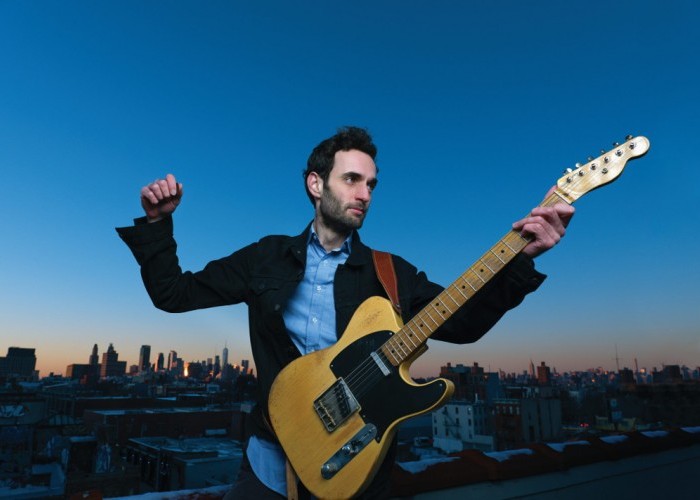
Julian Lage’s trio album Modern Lore puts a postmodern twist on Americana.
(Photo: Jimmy & Dena Katz)Julian Lage cut a lean and lithe figure, swinging and swaying to the artfully organized tangle of tones—some bent near the breaking point—that flowed from his Nachocaster.
The songs Lage played—“The Ramble” and “Atlantic Limited”—were drawn from his new trio album, Modern Lore (Mack Avenue), a virtuosic swirl of twangy textures and gritty grooves that cry “Americana” with a postmodern twist.
The setting for the performance was New York’s Zankel Hall—Carnegie Hall’s underground stage—where, playing before an astute young crowd, Lage was, on this early December evening, in his element.
Truth be told, almost any stage can, under the right circumstances, be Lage’s element. Since the age of 8—when he became the subject of the Oscar-nominated documentary Jules At Eight—he has felt the pull of performing. Now, at age 30, it’s a hard habit to break. Not that he wants to.
“There are two ways I explain it to myself,” he said between bites of curry at a Lower East Side restaurant. “One is that it’s a celebration of the guitar—as an instrument, as an orchestral tool, as an implement of sound.
“Then, secondarily, there’s a spiritual path where we don’t aim to be exclusive, to shut the doors. It’s just the opposite—it’s to produce lots of music, to be challenged, to share.”
Known for his generosity on and off the bandstand, he has excelled in duos with such stylistically diverse practitioners of the form as pianist Fred Hersch, on 2013’s acclaimed Free Flying (Palmetto), and bluegrass guitarist Chris Eldridge, with whom he shares a Grammy nod this year for Best Contemporary Instrumental Album for Mount Royal (Free Dirt).
Lage has established ongoing associations with the likes of John Zorn and Chris Thile, playing in that mandolinist’s house band for the public radio show Live From Here, the successor to A Prairie Home Companion.
Most notably, perhaps, Lage has focused on playing his own compositions with two trios: one, with bassist Scott Colley and drummer Kenny Wollesen, with whom he has recorded Modern Lore and 2016’s Arclight (Mack Avenue); the other, with bassist Jorge Roeder and drummer Eric Doob, with whom he plans to tour Europe in support of the new album.
In conceiving the album, Lage said he was not taking a turn toward the cerebral. Though he maintains a tactical distance from the material as he develops it—a detached self-analysis demands it—the sincerity of his approach is never in question.
“The rules of engagement for Modern Lore,” he asserted, “were that if I could just tap my foot and sing the melody with no guitar, you would hear the architecture of the tune.”
“The Ramble” has those qualities in abundance and, having opened both Modern Lore and the Zankel Hall concert, it constitutes a telling entrée into the retro sensibility that Lage has, through a 21st-century filter, been cultivating since he started developing the album.
“That was in a period when I was listening to a lot of Little Richard,” Lage said, “and looking to have a song driven by a fretboard friendly bass line. It’s my tribute to that.”
Lage said that some elements of Arclight naturally led to Modern Lore. “I wanted Arclight to be a return to a center in a kind of jazz playing—a stab at creating a trio record that touched on jazz, but wasn’t exclusive to the aesthetic.
“The new record was something I felt had to happen. I said, ‘We broke the ice, but I want a record that centers around the sing-songy forms of singer-songwriter music and I want it to be centered around Kenny Wollesen as a groove monster.’”
Wollesen offered mild protest when told of Lage’s groove-monster designation. “I have a totally different view,” he said with a laugh. But he did allow that the new album was “more groove-oriented than the previous effort.”
Beyond heavy listening to early rock ’n’ roll, many strands of Lage’s musical life have come together to spur his evolution into less overtly complex forms. And no strand, arguably, is more meaningful than his relationship with singer-songwriter Margaret Glaspy, his romantic partner and sometime collaborator.
“My music is hugely affected by it,” he said. “Even if we weren’t together I would respect her counsel.”
The two artists’ simpatico was evident at Zankel Hall, where Lage devoted the last half of the concert to an appearance by Glaspy. In it, she shed her guitar, a constant companion when she works on her own, for a vocals-only role both in duo with Lage and backed by the full trio. Apart from Randy Newman and John Hartford covers, the repertoire consisted of songs Glaspy had written alone or with Lage.
Some of the tunes were written nearly a decade ago, when the two were not an item and living apart in Boston, where they had attended Berklee College of Music. “I wrote them separately and handed them off to him,” Glaspy said. “He evolved the guitar parts from my filler chords.”
Other tunes, like “Katonah” and “Made A Scene,” were written in marathon sessions about six years ago in an apartment she and Lage share in Manhattan. All were quirky and introspective, with a clarity of form and subtle jazz overlay that reflected Lage’s input. More to the point, all were marked by an intimacy.
“Between [us], there’s so much support—it’s one of the things we’ve run on,” she said. “It feels there’s no way we could go wrong—and that’s really empowering.”
The impact of the relationship, Colley said, has been noticeable: “Julian’s music is going in an amazing direction. Each song has a character. That kind of songwriting influence we’re talking about is something that has always been a big part of vocal music. And I think Margaret’s influence in that way is definitely there.”
Colley said that the desire to find each song’s character animated the recording session for Modern Lore. Relaxing at his home in suburban New Jersey, he examined the scores Lage had presented to him—essentially, sketches with chord changes and some melodies that begged for development.
“A lot of it went beyond the written page very quickly,” Colley said. “Certain songs you’d play once and say, ‘That’s it, that’s the vibe.’ And then there’d be a few dozen takes on a single piece, each time changing something simply about how Kenny might play a backbeat or how the bass might be mic’d or the choice of guitar amp.
“Working with a trio, there’s utilizing three instruments in a way that gives you the most variety of texture. Once something happens, if I come in just playing whole notes, it becomes an event. If I stop playing, it becomes an event. The same with Julian and Kenny. ”

Jack DeJohnette boasted a musical resume that was as long as it was fearsome.
Oct 28, 2025 10:47 AM
Jack DeJohnette, a bold and resourceful drummer and NEA Jazz Master who forged a unique vocabulary on the kit over his…
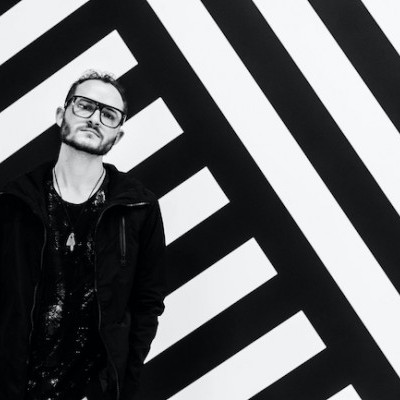
“I’ve told students, ‘I don’t mind if you use AI for this or that project,’” says MIT’s Pascal Le Boeuf. “‘But you need to tell me.’”
Sep 18, 2025 11:14 AM
A standard joke when it comes to discussing artificial intelligence, or AI, is that it’s developing so rapidly that…
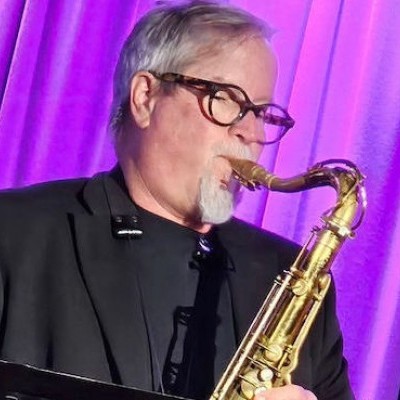
Chuck Manning Works for NASA … and plays jazz.
Sep 18, 2025 11:23 AM
Congratulations! After years of study, you’ve earned your degree in jazz performance. But let’s face it: Making a…
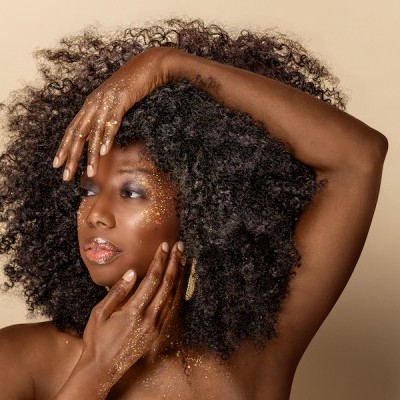
Gadabout Season developed over many months of recording sessions in Brandee Younger’s East Harlem living room.
Sep 16, 2025 11:52 AM
When she’s on the road, Brandee Younger enters a hybrid state of action and contemplation. Free of daily distractions…
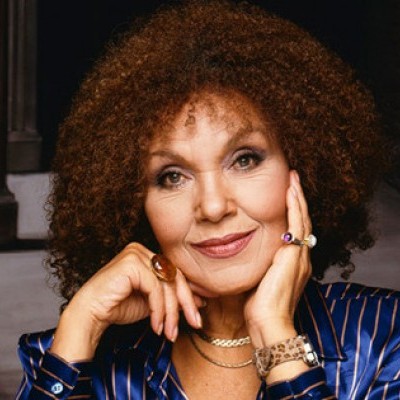
Cleo Laine, 1927–2025
Sep 16, 2025 10:03 AM
The music world mourns the loss of three important artists from the realms of jazz, blues and beyond with the recent…